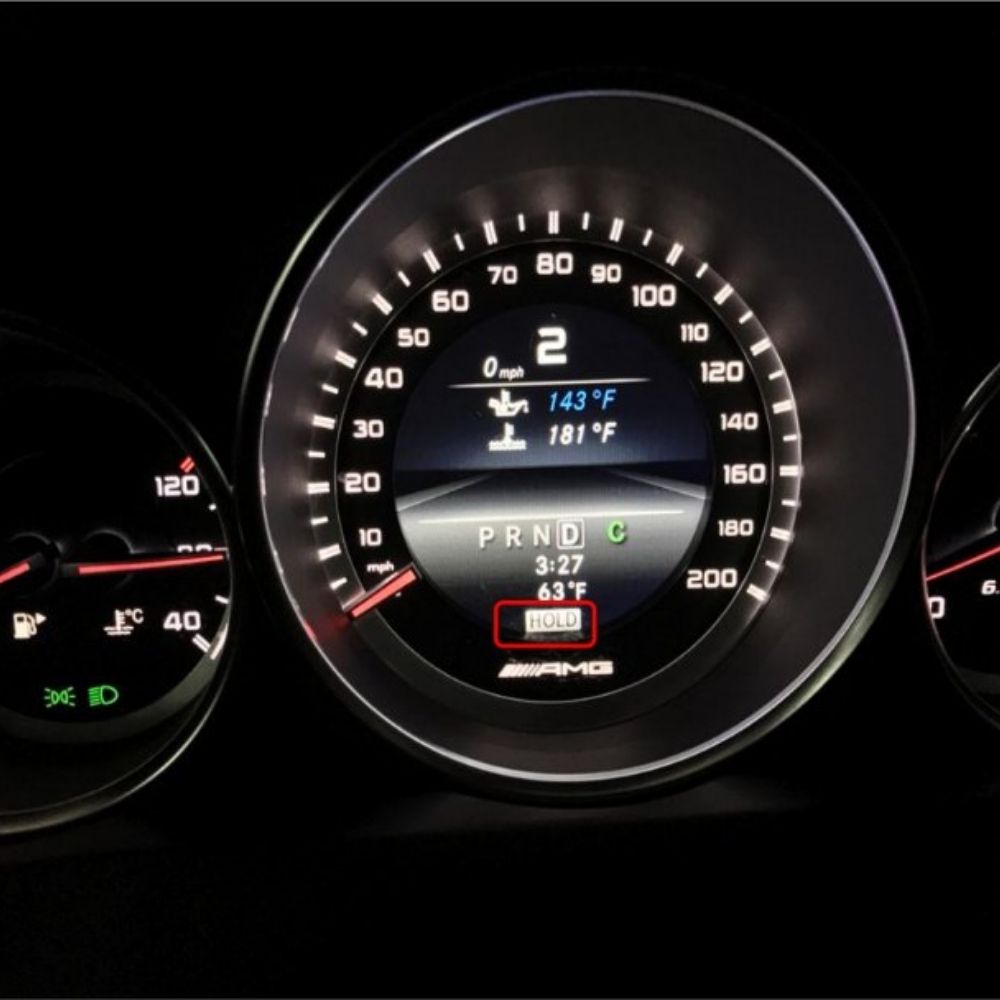
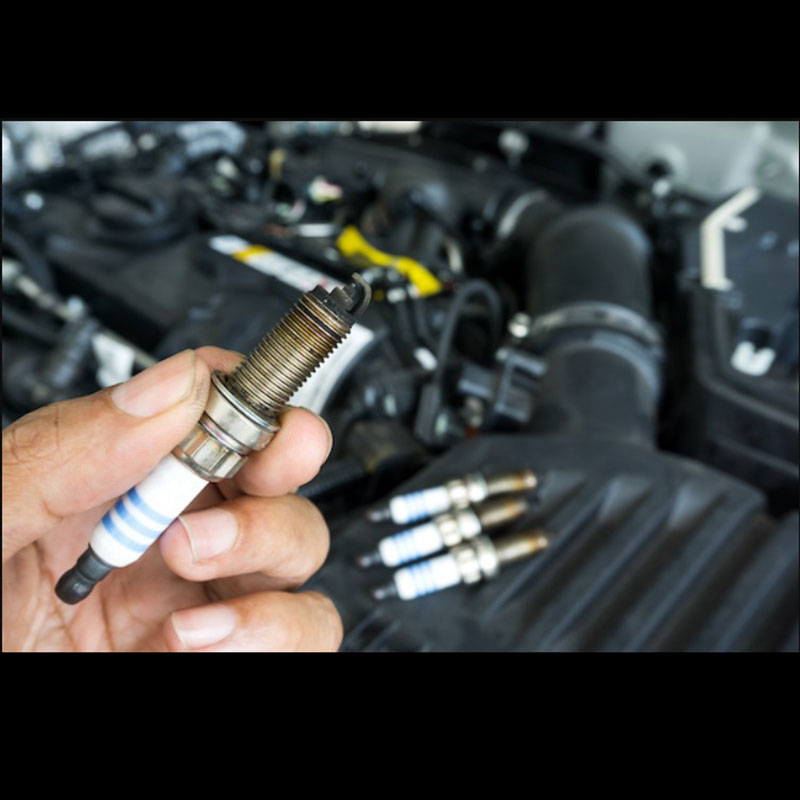
Hey there! The P0300 Mercedes Benz Code indicates a random or multiple cylinder misfire, but don’t worry, autoexplain.com is here to help you understand and resolve this issue with confidence. We’ll guide you through the symptoms, causes, and repair solutions, ensuring your Mercedes is back on the road in top condition! Let’s dive into understanding and tackling this code together!
Table of Contents
ToggleThe P0300 fault code Mercedes signals a random or multiple cylinder misfire detected by your Mercedes-Benz’s Engine Control Unit (ECU). Unlike specific cylinder misfire codes like P0301 or P0302, P0300 indicates that the misfire is occurring across multiple cylinders or randomly. This usually points to a more general issue affecting the engine’s overall combustion process. A misfire happens when one or more cylinders don’t combust fuel properly, leading to reduced engine efficiency and performance. This can stem from ignition problems, fuel delivery issues, air intake leaks, or even mechanical problems within the engine. Addressing the P0300 Mercedes Benz code promptly is crucial to prevent further damage and ensure your vehicle runs smoothly. Understanding the basics of this code is the first step in a successful diagnosis and repair process.
The severity of the P0300 code Mercedes symptoms shouldn’t be underestimated. Ignoring this fault code can lead to significant problems. The most immediate concern is catalytic converter damage. Unburned fuel entering the exhaust system can overheat and damage the catalytic converter, resulting in costly repairs.
Continued driving with a P0300 condition also reduces engine performance and fuel efficiency, costing you more at the pump. In severe cases, internal engine damage can occur if the misfire is left unaddressed for too long.
Furthermore, your Mercedes will likely fail emissions tests due to the increased pollutants. The ECU may even trigger limp mode to protect the engine, restricting its performance. This makes it essential to address the P0300 fault code promptly to prevent these negative outcomes and maintain your Mercedes-Benz in optimal condition.
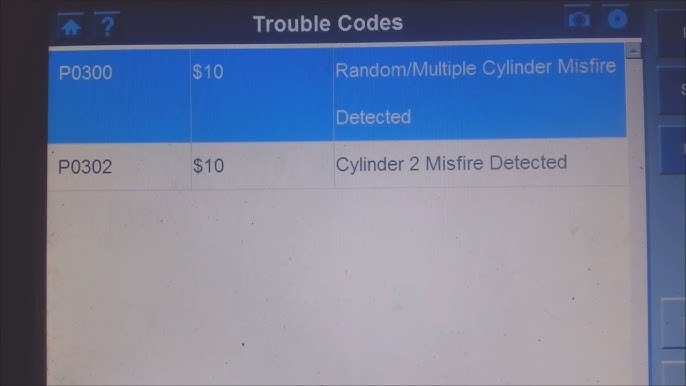
Recognizing the symptoms associated with the Mercedes P0300 can help you diagnose the issue early and prevent further complications. Here’s what to watch out for:
Illuminated Check Engine Light: This is often the first sign, and the light may flash in severe cases.
Rough Idle: The engine may vibrate noticeably, indicating inconsistent combustion.
Hesitation During Acceleration: You might experience a lack of power when accelerating.
Hard Starting: The engine may take longer to start, or it may crank excessively.
Shaking or Jerking: The vehicle might shake or jerk during operation, especially at lower speeds.
Reduced Fuel Economy: You may notice that you’re filling up more often than usual.
Fuel Odor: A strong fuel smell may be present, particularly during misfire events.
Engine Stalling: In severe cases, the engine may stall or fail to start altogether.
Failed Emissions Test: Due to increased pollutants, your car will likely fail an emissions test.
By paying attention to these symptoms, you can catch the P0300 code early and take steps to resolve it before it leads to more serious damage.
Pinpointing the causes behind a P0300 code Mercedes Benz is crucial for effective repair. Here are the common culprits to consider:
Ignition System Issues:
Worn or fouled spark plugs
Failing ignition coils or damaged coil packs
Deteriorated spark plug wires (in older models)
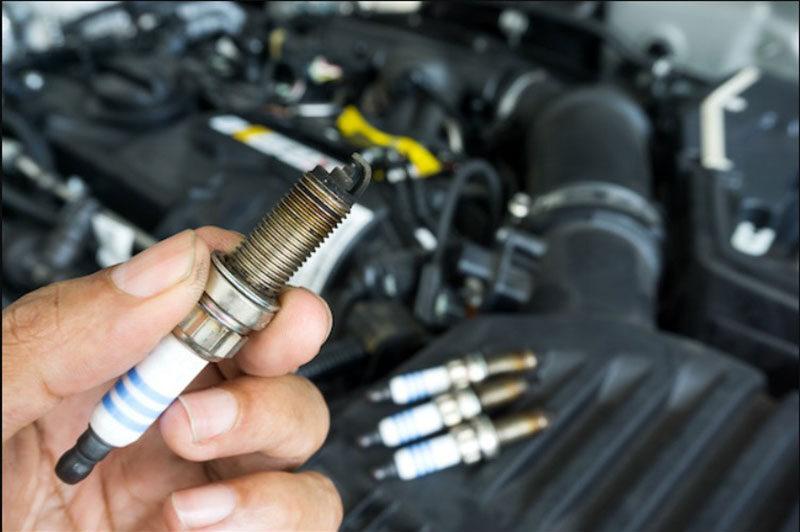
Fuel System Problems:
Clogged or malfunctioning fuel injectors
Weak fuel pump causing insufficient fuel pressure
Contaminated fuel
Restricted fuel filters
Air Intake System Failures:
Vacuum leaks in intake manifold or gaskets
Damaged or compromised rubber vacuum lines
Malfunctioning Mass Air Flow (MAF) sensor
Dirty or clogged air filters affecting air-fuel ratio
Mechanical Problems:
Low compression in multiple cylinders
Timing chain issues
Valve train problems (lifters, springs, or camshaft)
Failed head gasket
Electrical and Sensor Issues:
Faulty crankshaft position sensor
Defective camshaft position sensors
Short circuits in ignition coil control wiring
Damaged engine wiring harness
Corroded connections to ECU
By systematically checking these potential issues, you can narrow down the source of the P0300 code and proceed with the appropriate repairs.
Diagnosing a P0300 Mercedes Benz requires a systematic approach to identify the root cause of the misfire. Here’s a detailed step-by-step guide:
Step 1: Initial Verification and Data Collection
Connect a Mercedes-compatible diagnostic tool (Xentry/DAS or equivalent).
Verify the P0300 code and check for accompanying cylinder-specific codes (P0301-P0308).
Record freeze frame data to identify the conditions when the misfire occurred.
Monitor misfire counters to identify which cylinders have the highest misfire counts.
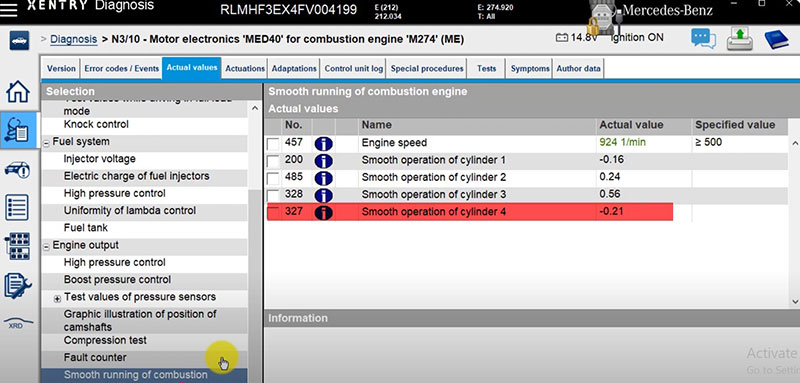
Step 2: Visual Inspection
Examine ignition coils for oil contamination or water intrusion.
Inspect vacuum lines for cracks or disconnection.
Check for fuel leaks or fuel odors.
Look for damaged wiring or loose connections.
Step 3: Component Testing
Test ignition coils using resistance measurements and swap testing.
Inspect and test spark plugs for proper gap and condition.
Check fuel injectors for proper operation.
Perform a compression test to verify cylinder mechanical integrity.
Following these steps will help you pinpoint the exact issue causing the P0300 code and ensure you address it effectively.
Addressing ignition system issues is often the first step in resolving a P0300 code Mercedes Benz. Here’s how to tackle common problems:
Replace Worn Spark Plugs: Replace worn spark plugs with Mercedes-specified equivalents. Ensure proper spark plug gap using an appropriate gap tool. This is a common and often effective solution.
Replace Faulty Ignition Coils: Replace faulty ignition coils, considering replacing them as a complete set for even wear.
Check Spark Plug Wires: Inspect and replace deteriorated spark plug wires, particularly in older models.
Fuel system problems can also trigger a P0300 code Mercedes Benz. Here’s how to address them:
Clean or Replace Clogged Fuel Injectors: Clean or replace clogged fuel injectors to ensure proper fuel delivery to each cylinder.
Replace Fuel Pump: Replace the fuel pump if it’s weak and causing insufficient fuel pressure.
Use Fuel System Cleaner: Use a quality fuel system cleaner to remove deposits and improve fuel flow.
Replace Fuel Filter: Replace the fuel filter according to the maintenance schedule.
Air intake problems can disrupt the air-fuel mixture and cause misfires. Here’s how to resolve them:
Seal Vacuum Leaks: Seal all vacuum leaks, particularly around the intake manifold.
Replace Damaged Vacuum Hoses: Replace damaged vacuum hoses to maintain proper vacuum pressure.
Clean or Replace MAF Sensor: Clean or replace the Mass Air Flow (MAF) sensor if its readings are incorrect.
Check PCV Valve: Check the Positive Crankcase Ventilation (PCV) valve and replace it if necessary.
Electrical and wiring issues can lead to misfires by disrupting sensor signals or ignition coil control. Here’s how to address these problems:
Repair or Replace Damaged Wiring Harness: Repair or replace the damaged wiring harness if shorts are detected.
Replace Faulty Sensors: Replace faulty sensors, such as the crankshaft position sensor or camshaft position sensors.
Check Voltage to Ignition Coils and Injectors: Ensure proper voltage is reaching the ignition coils and injectors.
Clean Ground Connections: Ensure all ground connections are clean and secure.
For persistent P0300 issues, more advanced solutions may be necessary. These include:
ECU Software Updates: Consider ECU software updates to ensure the engine management system is running the latest firmware.
Camshaft Adjuster Inspection: For M272 engines with recurring misfires, carefully inspect camshaft adjusters and sensors.
Intake Cleaning Procedures: In some cases, Mercedes-specific intake cleaning procedures may be necessary to remove carbon buildup.
Don’t waste hours chasing the wrong issue. At AutoExplain, we provide expert diagnostic support, ECU coding, and programming for Mercedes-Benz vehicles—remotely, 24/7. Whether you need to reset adaptations, perform advanced fault tracing, or get help using tools like DTS Monaco or Vediamo, we’ve got your back.
📲 WhatsApp: +1(936)2896695


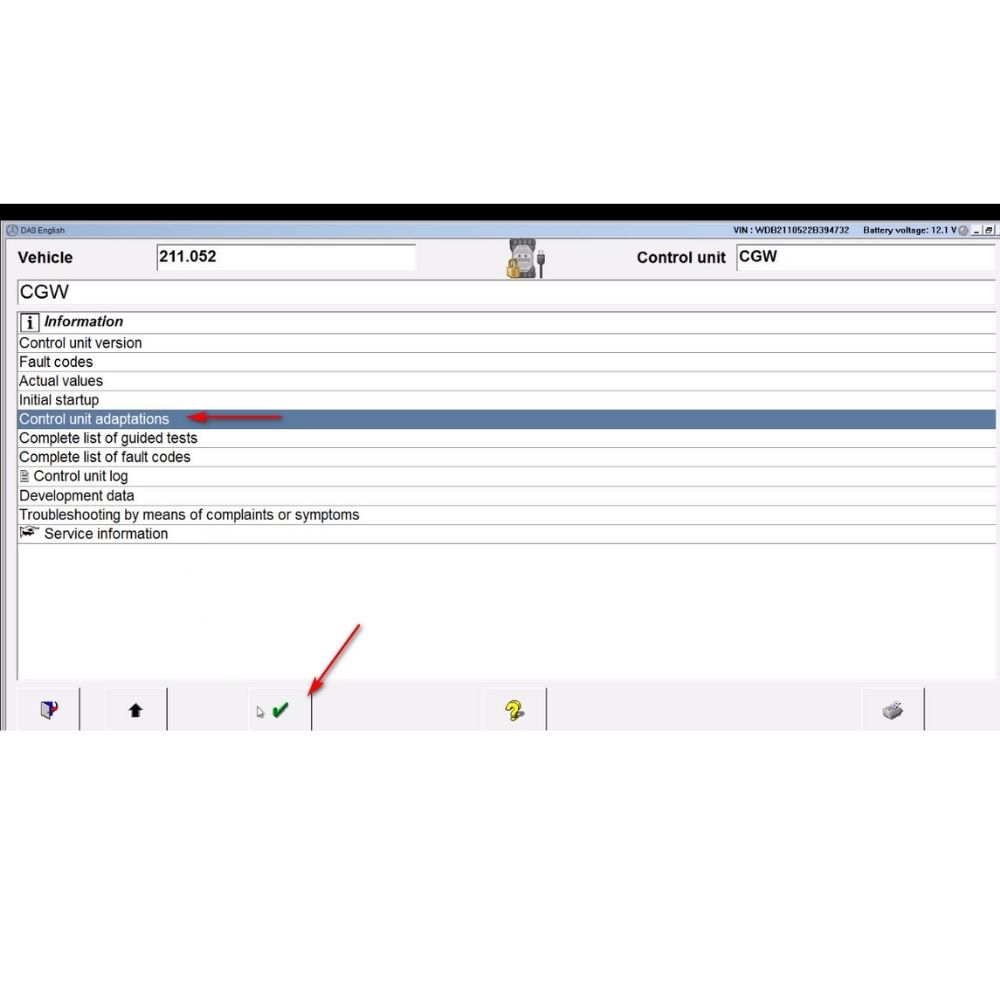
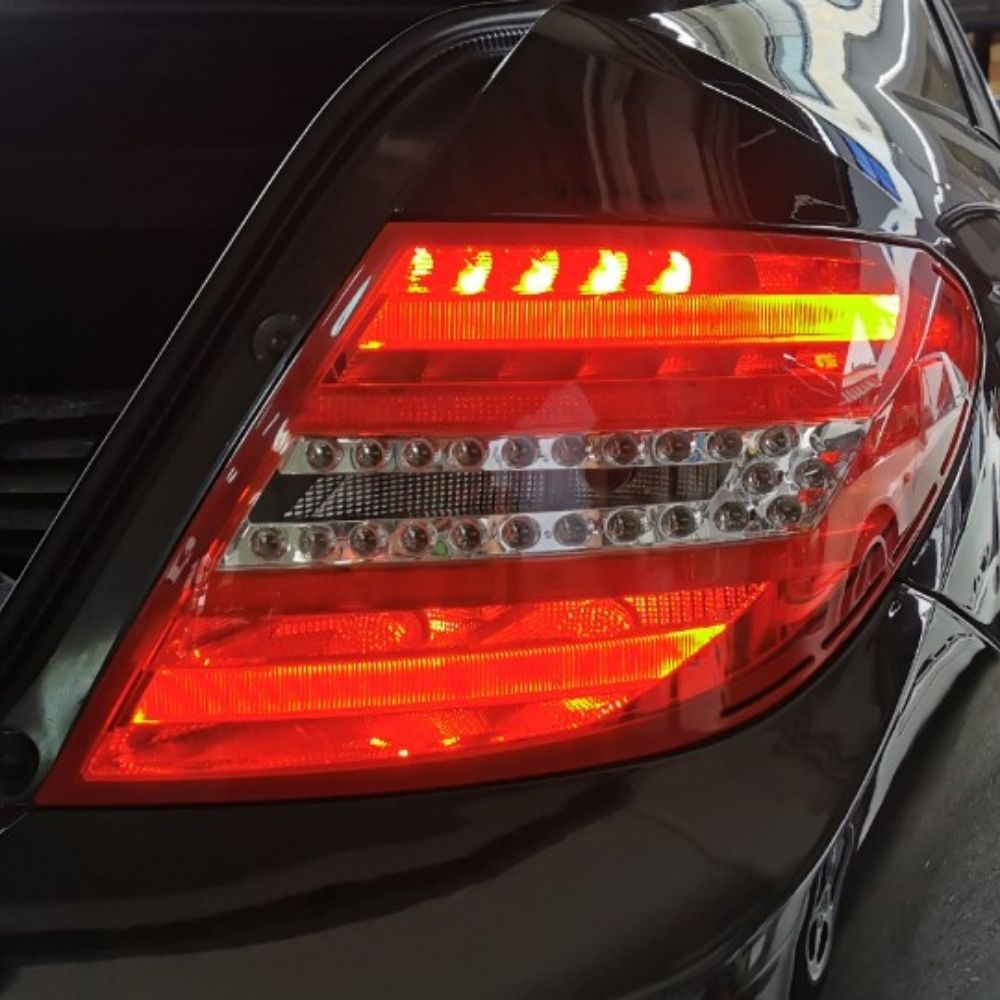

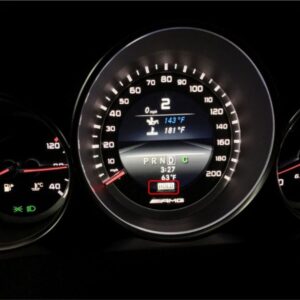

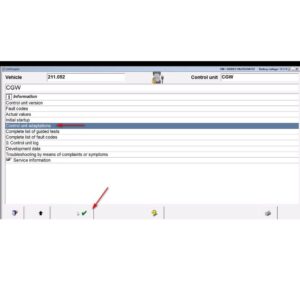
At AutoExplain, we provide automotive online repair service, auto repair tips, car repair manuals & document & training course to help mechanics of all experience levels—fix vehicles efficiently
AUTO EXPLAIN LLC
Employer Identification Number (EIN):
38-4349958
Whatsapp Us: +1(936)2896695
Gmail: [email protected]
Our Workshop: 1500 N Grant ST Sten Denver, Colorado, United States
Copyright 2025 © AutoExplain